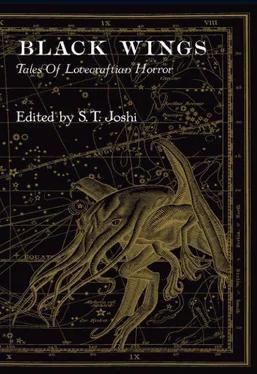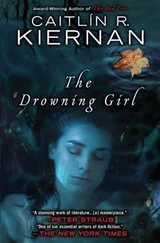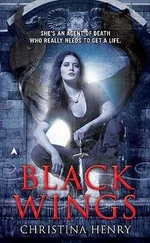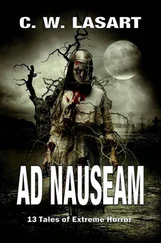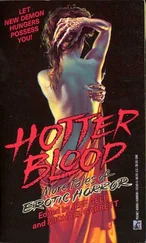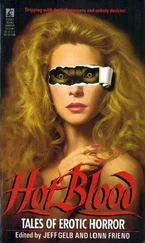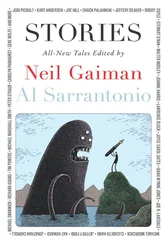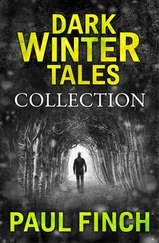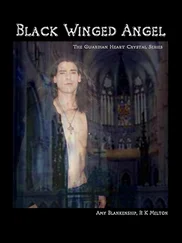Black Wings:
New tales of Lovecraftian horror
Edited by S. T. Joshi
The fact that H. P. Lovecraft's work has inspired writers ranging from Jorge Luis Borges to Hugh B. Cave, from Thomas Pynchon to Brian Lumley, suggests at a minimum a widely diverse appeal ranging from the highest of highbrow writers to the lowest of the low. In his own day, Lovecraft attracted a cadre of colleagues and disciples — Clark Ashton Smith, Robert E. Howard, August Derleth, Donald Wandrei, Robert Bloch, Fritz Leiber, and many others — who readily borrowed his manner, his style, and some of the components of his evolving pseudomythology; in several cases, Lovecraft returned the favor by lifting elements from their own tales. After his death in 1937, his work — first issued in hardcover by Arkham House and, over the course of the next seventy years, distributed in the millions of copies in paperback and translated in as many as thirty languages — continued to nurture the imaginations of successive generations of writers, chiefly but by no means exclusively in the realms of horror and science fiction.
What is it about Lovecraft's work that writers find so compelling? A generation or two ago the answer would have been relatively simple: his somewhat flamboyant style mingled with his bizarre theogony of Cthulhu, Yog-Sothoth, Nyarlathotep, and so forth. Today the answer is not so straightforward. We have, mercifully, gone beyond the stage where Lovecraft's prose style is an object of emulation — not because it is a «poor» style, but precisely because it is so intimately fused with his conceptions and worldview that imitation becomes both impossible and absurd. It is as if one were to imitate a painter's distinctive pigments without any attempt to duplicate his models or landscapes. Similarly, the pseudomythology that Lovecraft developed in story after story is so quintessential an expression of his cosmic vision that the mere citation of a deity or place-name, without the strong philosophical foundation that Lovecraft was always careful to establish, can quickly cause a story to become a caricature of Lovecraft rather than an homage to him. It is to be noted how many stories in this anthology do not mention a single such name from the Lovecraft corpus; and yet they remain intimately Lovecraftian on a far deeper level. Indeed, the very notion of writing a «pastiche» that does little but rework Lovecraft's own themes and ideas has now become passé in serious weird writing. Contemporary writers feel the need to express their own conceptions in their own language. The concerns of our own day demand to be treated in the language of our time, but Lovecraft's core tenets — cosmicism; the horrors of human and cosmic history; the overtaking of the human psyche by alien incursion — remain eternally viable and can even gain a surprising relevance in the wake of such cosmic phenomena as global warming or the continuing probing of deep space.
The epigraph from "Supernatural Horror in Literature" from which I have derived the title of this book was meant by Lovecraft to be a general formula governing the best weird fiction from the dawn of time to his own day; but it is clear, from such phrases as "contact with unknown spheres and powers" and "the scratching of outside shapes and entities on the known universe's utmost rim," that the formula applies most particularly to his own work. The core of that work, as Lovecraft well recognized, was cosmicism — a conception expressed in his now celebrated letter to Farnsworth Wright of July 5, 1927, accompanying the resubmission of his seminal tale "The Call of Cthulhu" to Weird Tales: "All my tales are based on the fundamental premise that common human laws and interests and emotions have no validity or significance in the vast cosmos-at-large." It was this single statement that led me, in soliciting stories for this book, to suggest that straightforward "Cthulhu Mythos" stories were not the only ones that would be considered for inclusion. It can readily be seen that some writers have chosen to play ingenious variations off of other Lovecraft tales whose relation to his mythos is tangential at best. The fact that three separate writers in this volume (Caitlín R. Kiernan, W. H. Pugmire, and Brian Stableford) have chosen to compose ingenious and widely differing riffs on such a story as "Pickman's Model" — a tale that has only the most remote connection to the "Cthulhu Mythos" as conventionally conceived — suggests that they do not require the presence of Cthulhu or Arkham to justify their tributes. It is for this reason that I have carefully chosen my subtitle, "New Tales of Lovecraftian Horror."
It is of interest that some of these tales effect a distinctive union between Lovecraftian horror and what seem at the outset to be very different modes of writing — the hard-boiled crime story (Norman Partridge's "Lesser Demons"), the tale of psychological terror (Michael Cisco's "Violence, Child of Trust"), the contemporary tale of urban blight and crime (Michael Shea's "Copping Squid"; Joseph S. Pulver, Sr.'s "Engravings"). What this suggests is that the Lovecraftian idiom is adaptable to a variety of literary modes, as Borges's "There Are More Things" and Pynchon's Against the Day are alone sufficient to testify. Even those tales that seem to adhere most closely to their Lovecraftian originals are distinguished by innovations in approach and outlook. The one reprint story in this volume, Stanley C. Sargent's "The Black Brat of Dunwich" (1997), has been chosen as a virtual textbook in the ingenious deconstruction of a tale that has become so wellknown and so widely imitated as to be almost hackneyed. Far from producing a weak rewriting of a Lovecraft story (in this case "The Dunwich Horror"), as so many previous pastiches have done, Sargent has stood the story on its head — as, perhaps, Nicholas Royle has analogously done with "Rotterdam," an ingenious takeoff of "The Hound."
The sense of place that was so integral a feature of Lovecraft's personal and literary vision, and that has caused such imaginary realms as Arkham or Innsmouth to seem so throbbingly real, is similarly reflected in many of the tales in this volume. The San Francisco of Michael Shea's "Copping Squid," the Southwest in the tales of Donald R. and Mollie L. Burleson, the Pacific Northwest of Laird Barron's and Philip Haldeman's stories are all as vivid as the New England milieu of Lovecraft's most representative tales, and as firmly based upon the authors' experience. It would, indeed, be misleading to suggest that these writers were seeking merely to transport Lovecraft's topographical verisimilitude into their own chosen regions; rather may it be said that the vitality of these settings is a product of their authors' awareness of the degree to which Lovecraft's historical and topographical richness allows — perhaps paradoxically — for an even more breathtaking cosmicism than the never-never-land of Poe. One of the most interesting phenomena of recent years — although it may perhaps be traced all the way back to Edith Miniter's piquant parody, "Falco Ossifracus: By Mr. Goodguile" (1921) — is the way in which Lovecraft himself has taken on the role of a fictional character. Even during his lifetime he was regarded by his fans as a larger-than-life figure — the gaunt, lanternjawed recluse who only wrote at night and who haunted the streets of Providence in solitary state just as his idol Poe had done nearly a century before. There are serious errors in some facets of this characterization (anyone who studies Lovecraft's two years in New York will know how gregarious he was in his meetings with the Kalem Club), but this image has worked in tandem with Lovecraft's stories to fashion an imaginative portrait of what a horror writer should be.
Читать дальше
